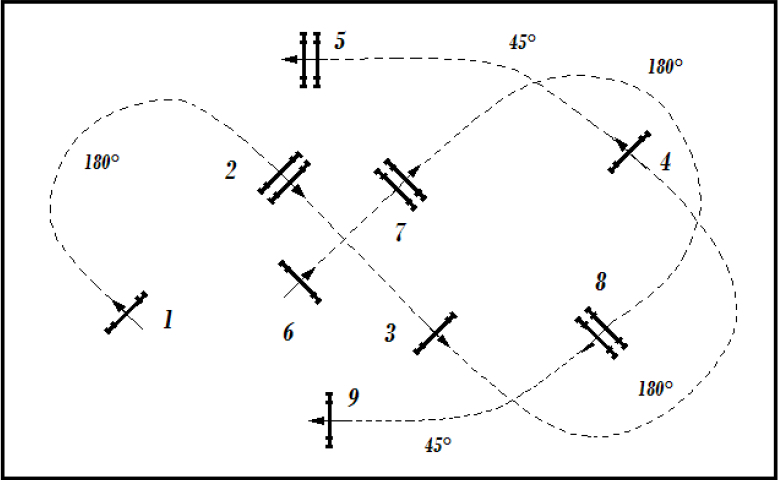[vc_row][vc_column width=”1/1″][vc_column_text]Course design has evolved thanks to the knowledge and creativity of several course designers that have dedicated a lifetime to this profession. Fifteen years ago you could easily identify who was the course designer in charge by just walking the track. Course designers like Arno Gego, Leopoldo Palacios, Linda Allen, Olaf Petersen and Frank Rothenberger developed a unique style that gave them recognition among the sport.
Today we are facing a very different situation; many course designers have adopted the same style of design, and most of the tracks are built with verticals and oxers only. It is true that if you have a small indoor ring there are not many options to get creative, but in any other situation a course designer should be able to provide a unique course.[/vc_column_text][/vc_column][/vc_row][vc_row][vc_column width=”1/1″][dt_fancy_image type=”uploaded_image” image_id=”31330″ style=”1″ padding=”10″ margin_top=”0″ margin_bottom=”0″ margin_left=”0″ margin_right=”0″ align=”left”][/vc_column][/vc_row][vc_row][vc_column width=”1/1″][vc_column_text]The example above describes a very common course design style that repeats the same turns and bending lines. This is something that should not be encouraged when there is ample space for creating a variety of turns and tests.
I don’t believe that the jumps have to be placed only at 45° or 180°, there are so many different angles that can be used that provide different types of turns that can test the horses and riders in a different way.
Another example is how course designers use the arena; we rarely see lines or combinations in the narrow part of the ring. All we see is lines going up and down the long side of the arena, and the narrow part serves exclusively for turning back to the next line![/vc_column_text][/vc_column][/vc_row][vc_row][vc_column width=”1/1″][dt_gap height=”10″][dt_fancy_image type=”uploaded_image” image_id=”31331″ style=”1″ width=”270″ padding=”10″ margin_top=”0″ margin_bottom=”0″ margin_left=”0″ margin_right=”0″ align=”left”][dt_gap height=”10″][/vc_column][/vc_row][vc_row][vc_column width=”1/1″][vc_column_text]Course designing always starts with a blank sheet of paper and the possibilities are endless. To create a unique and challenging course that suits the level of competition and provides a great end product is always a great accomplishment. There is no such thing as a perfect course, but welfare of the horse and safety are always a must.
In modern architecture we have several world known names, and they all have their own style and identity. We could never compare the work of Tadao Ando, Norman Foster, Zaha Hadid or Cesar Pelli. They all have their own different approach of esthetics and architecture.
How boring would it be if all buildings in the world looked like the Petronas Towers or the Empire State Building?
How boring would it be if all courses looked like the Grand Prix of Aachen?
Are we approaching the “perfect” style of course design? Or just running out of creativity?
The sport as a whole…[/vc_column_text][/vc_column][/vc_row]
